Images: 17th-Century Korean Mummy Diagnosed with Hernia
Mummy Hernia
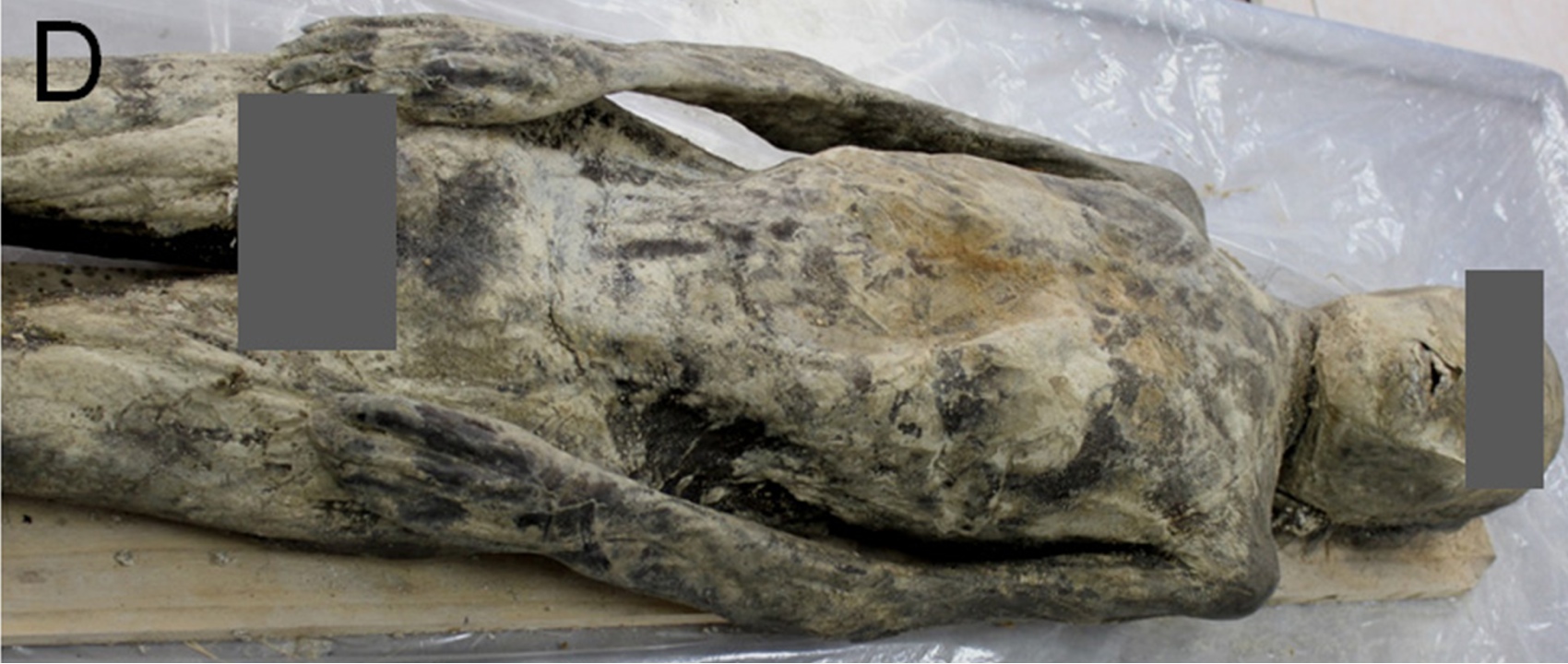
For the first time, researchers have used computed tomography (CT) to assist in the diagnosis of a historical case of congenital diaphragmatic hernia, which is a birth defect of the hernia. The hernia was found in a 17th-century middle-age male mummy, dubbed the Andong mummy (shown here), according to the study detailed online July 2, 2014 in the journal PLOS ONE. [Read full news story]
Married Mummy
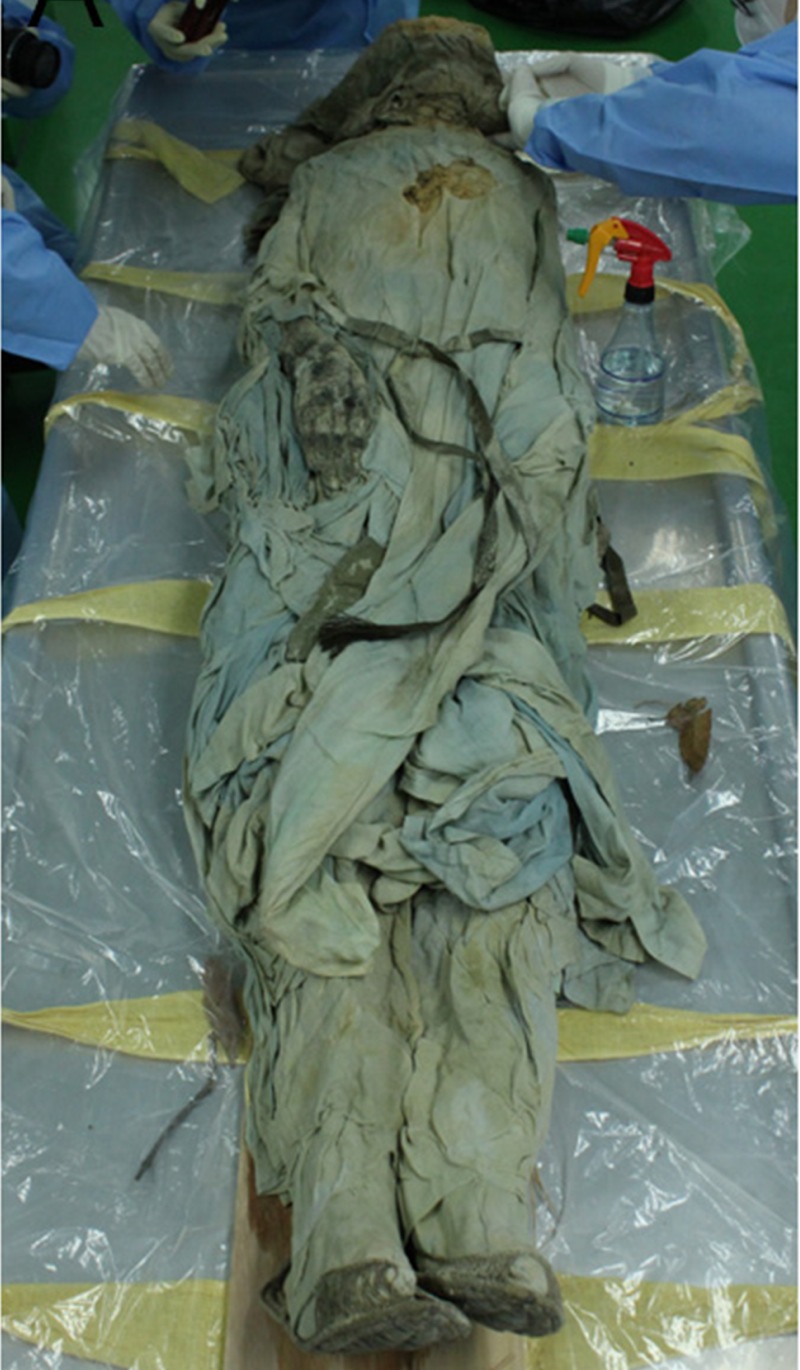
The 17th-century Korean mummy before textile specialists removed his shrouds (clothing). A topknot on the head of the mummy, something not allowed or bachelors during the Joseon period, suggested he was married at the time of his death. The mummy showed signs of a diaphragmatic hernia, which is a partial protrusion of the abdominal organs through a defect in the diaphragm, the researchers wrote in their research article published online in PLOS ONE. [Read full news story]
Mummy Shoes
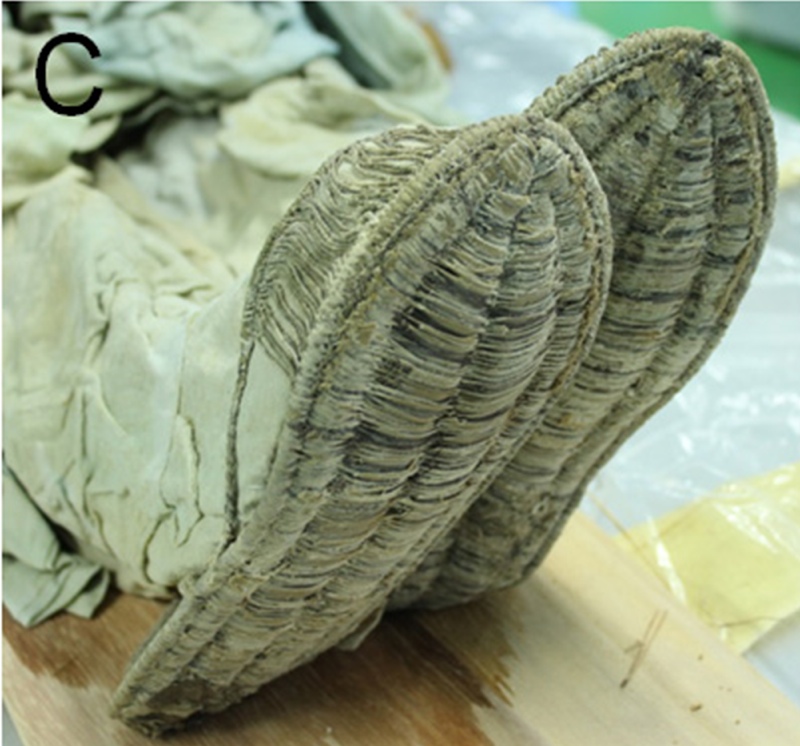
The mummy was discovered in January 2013 in the Joseon tomb at Andong, a southeastern Korean city. The mummy, whose straw shoes are shown here, was lying on his back, face-up, when discovered. [Read full news story]
Herniated organs
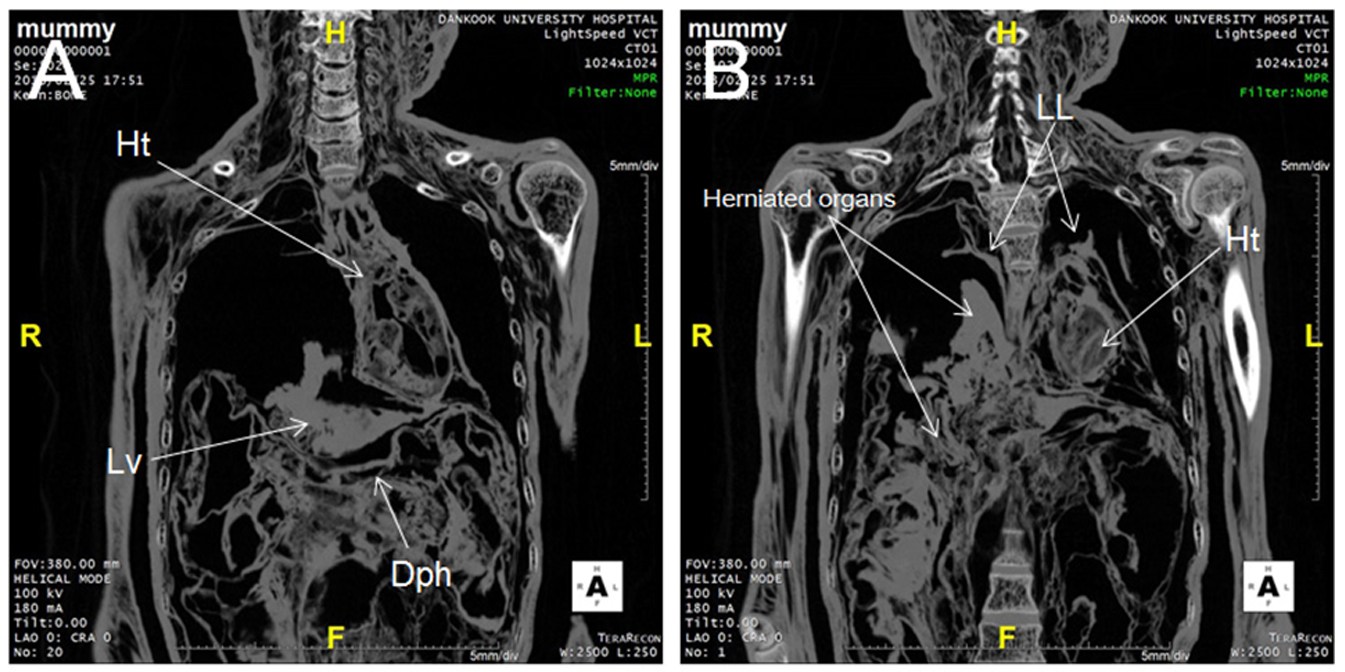
The Korean mummy showed a herniated liver (Lv) and herniated organs stretching from the abdominal to the thoracic cavities, shown here in these CT images.
From the images, the researchers suggest this mummy experienced a serious form of congenital diaphragm hernia. Even so, they didn't find any evidence of complications such as the perforation of herniated organs, which cause most fatal emergencies of adults with this disorder. As such, the man may have lived with the hernia without many signs of respiratory problems, the researchers noted. [Read full news story]
Korean Mummy
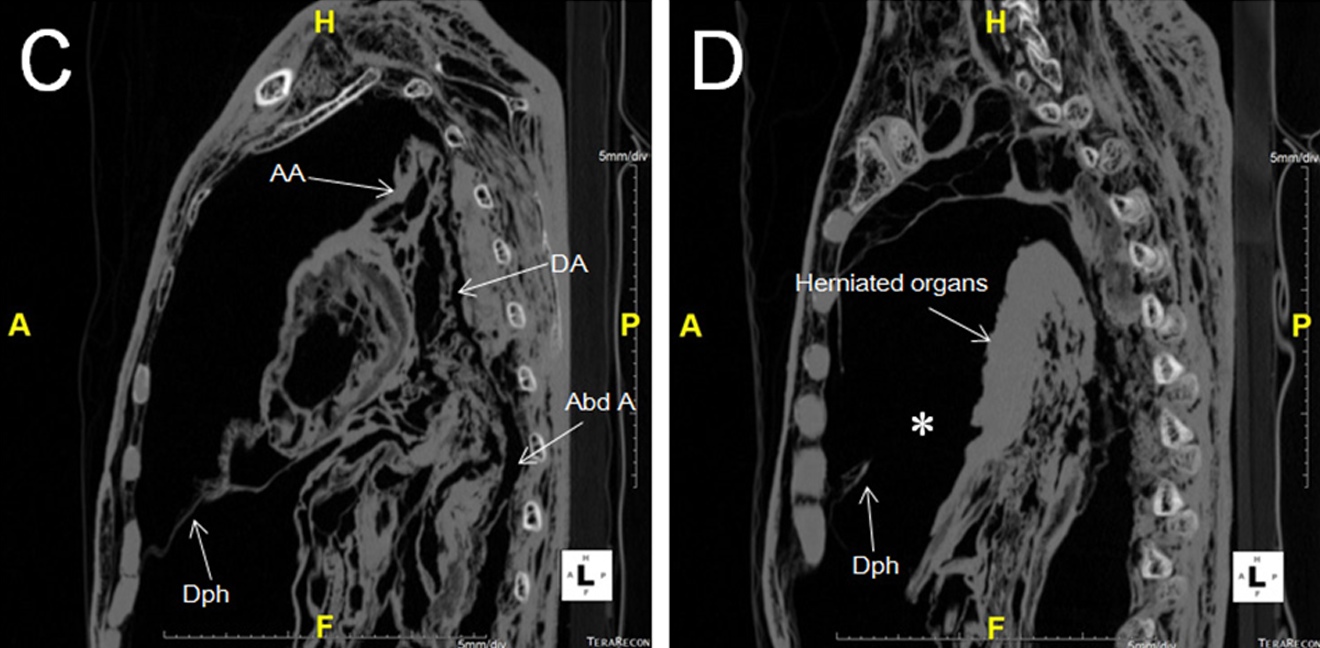
Here, CT images reveal the heart, lung and diaphragm of the 17th-century Andong mummy, with the herniated organs indicated with an asterick.
The researchers suspect that this male mummy may have largely compensated for any functional problems linked to the congenital hernia. [Read full news story]
High heart
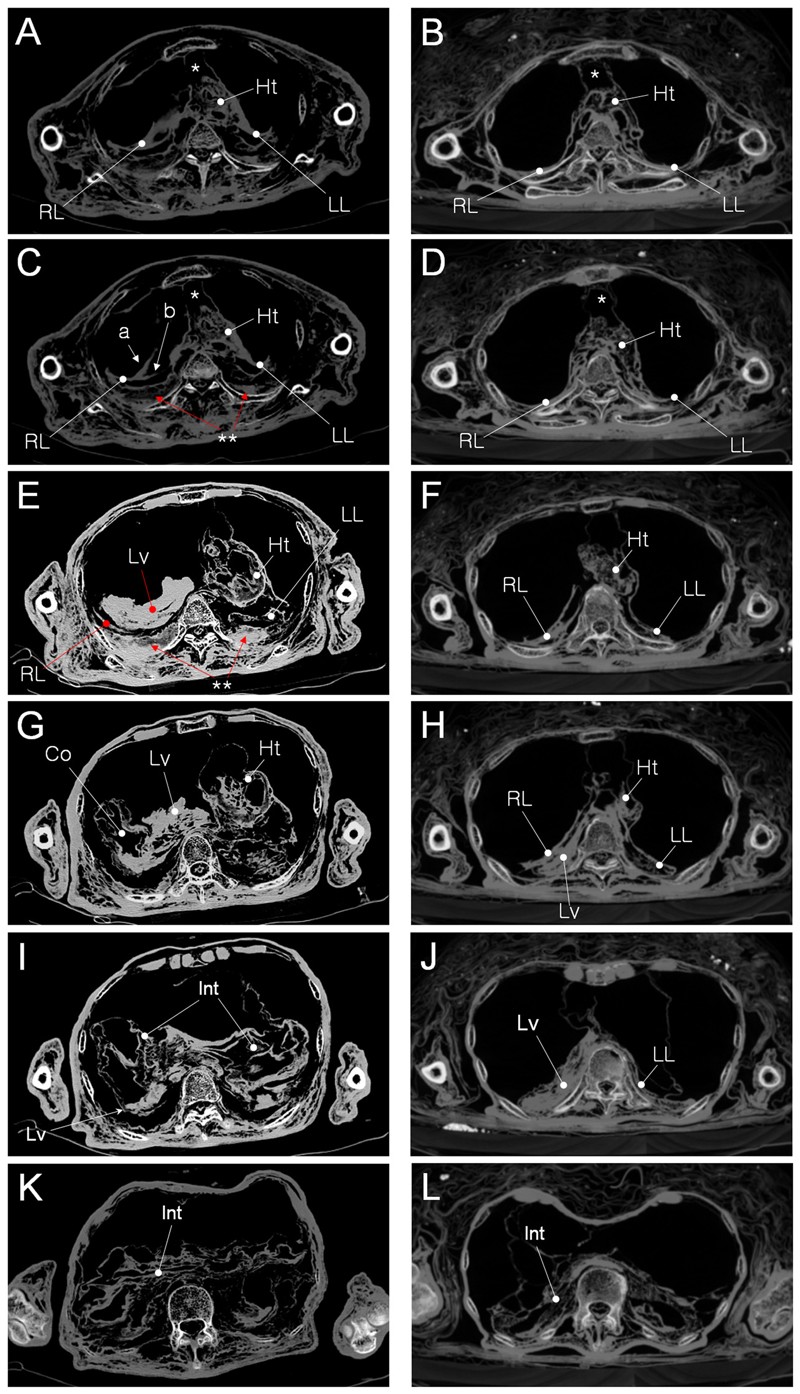
These CT images show the herniated organs of the Andong mummy (left column) and the same slices of the body from the Gangneung mummy, who didn't show signs of congenital hernia. (Symbols: Ht, heart; RL, right lung; LL, left lung; Co, Colon; Lv, Liver.) For instance, the liver, located at the level of the heart, was much too high, in the Andong mummy. [Read full news story]
Diaphragm distress
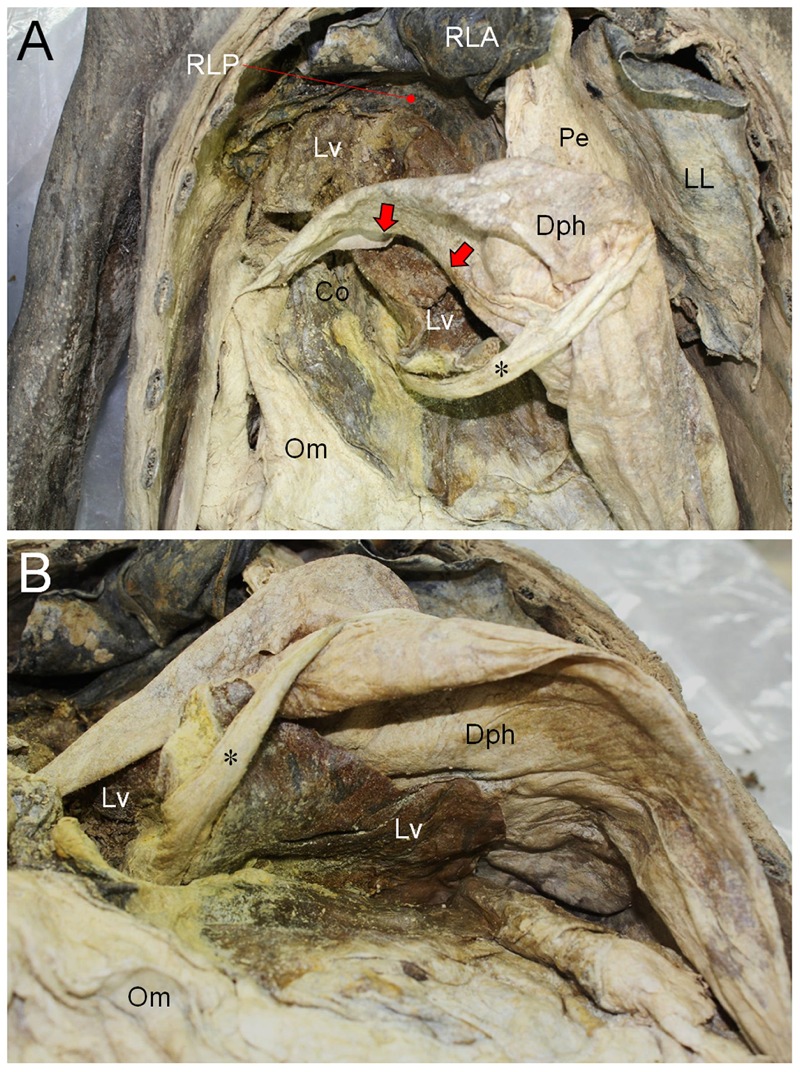
A hernia (arrows) showed up on the right side of the diaphragm during dissection of the Korean mummy. The left part of the diaphragm (B) shows no signs of any defect, the researchers said.
Sign up for the Live Science daily newsletter now
Get the world’s most fascinating discoveries delivered straight to your inbox.
Diaphragm defect
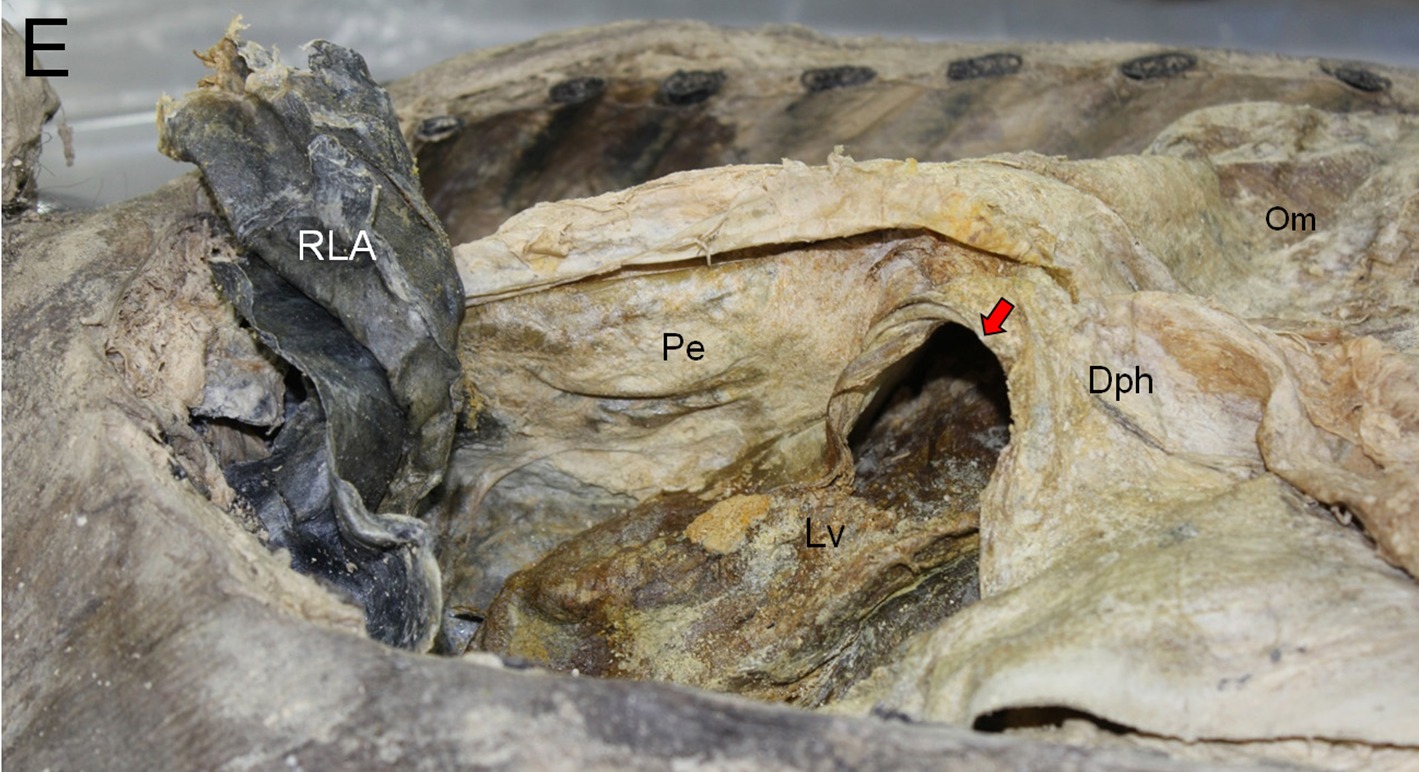
Congenital hernia showed up in the diaphragm (arrows) during dissection of the thoracic and abdominal cavities of the Korean mummy. The liver can be seen protruding through the hernia in this image.
Mummy dissection
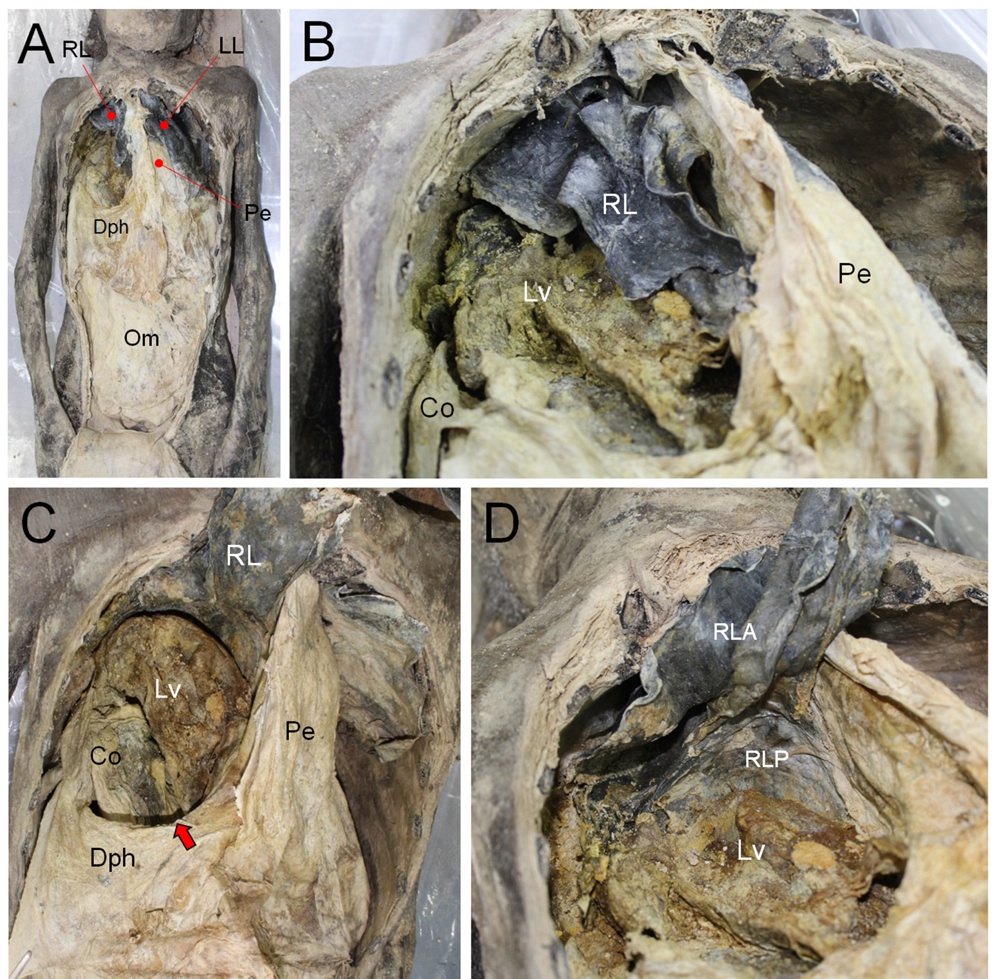
A dissection of the Korean mummy, showing the thoracic and abdominal cavities (A); the right thoracic cavity showing parts of the liver and colon (B); the defect in the diaphragm indicating congenital hernia (arrow) (C); and the liver protruding through the diaphragm surface (D). (Symbols: Pe, pericardium; Dph, diaphragm; Om, omentum; LL, Left lung; RL, right lung (posterior and anterior); Co, Colon; Lv, Liver.) [Read full news story]
Jeanna Bryner is managing editor of Scientific American. Previously she was editor in chief of Live Science and, prior to that, an editor at Scholastic's Science World magazine. Bryner has an English degree from Salisbury University, a master's degree in biogeochemistry and environmental sciences from the University of Maryland and a graduate science journalism degree from New York University. She has worked as a biologist in Florida, where she monitored wetlands and did field surveys for endangered species, including the gorgeous Florida Scrub Jay. She also received an ocean sciences journalism fellowship from the Woods Hole Oceanographic Institution. She is a firm believer that science is for everyone and that just about everything can be viewed through the lens of science.









